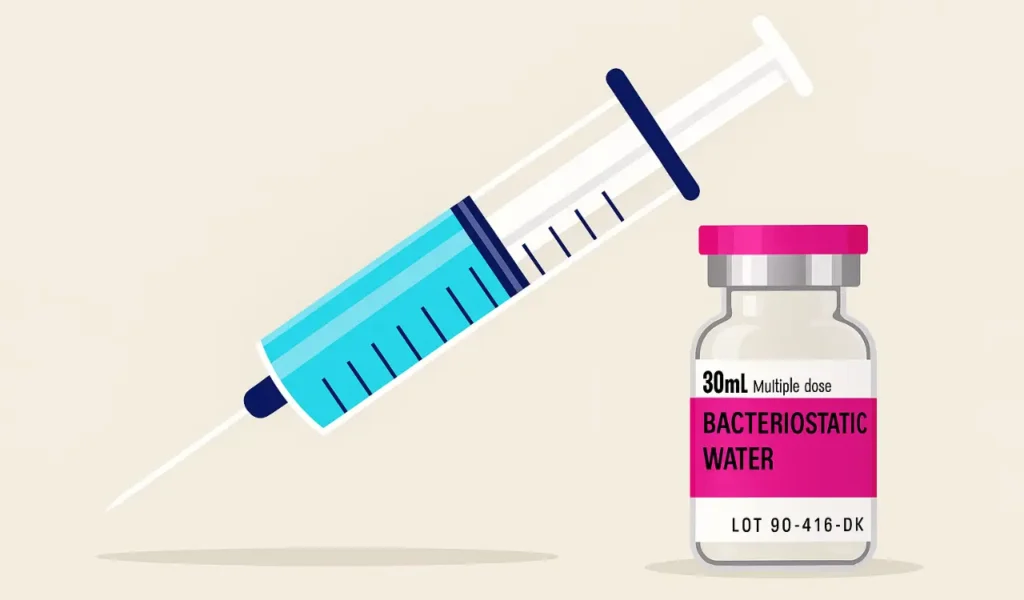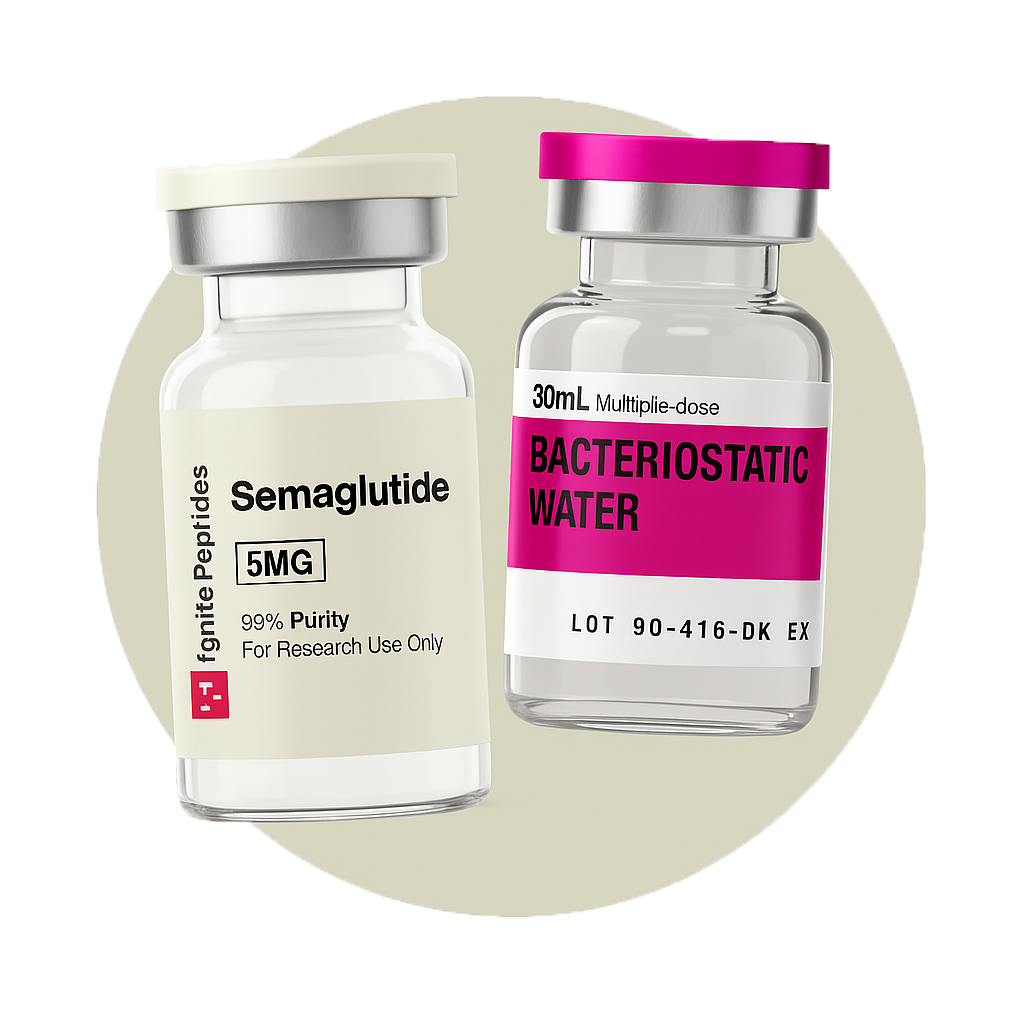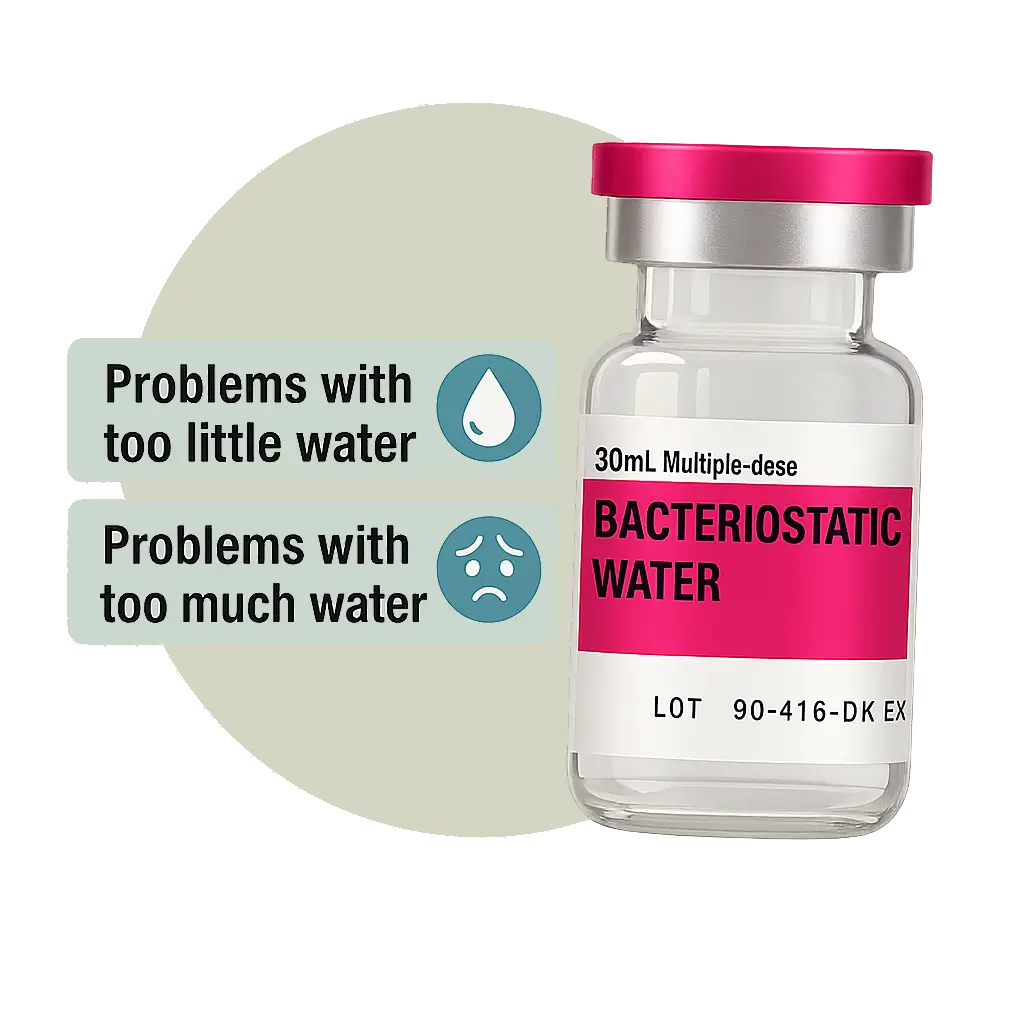Domestic Delivery and same-day shipping.
USA Domestic Delivery and Same-Day Shipping
USA Domestic Delivery and Same-Day Shipping
USA Domestic Delivery and Same-Day Shipping
USA Domestic Delivery and Same-Day Shipping
USA Domestic Delivery and Same-Day Shipping
USA Domestic Delivery and Same-Day Shipping





